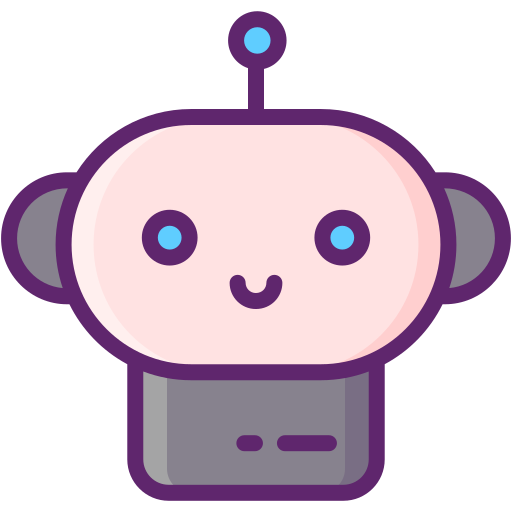1. Definition
Computer Vision is a branch of Artificial Intelligence (AI) that enables computers and systems to interpret, process, and analyze visual data (images or videos) in the same way humans perceive the world.
2. How Computer Vision Works
Computer Vision typically follows these steps:
- Image Acquisition – Input from cameras, sensors, or image databases.
- Preprocessing – Noise reduction, normalization, resizing, color adjustments.
- Feature Extraction – Detecting shapes, edges, textures, and objects.
- Model Training & Inference – Using Machine Learning / Deep Learning models (like CNNs, Transformers) to recognize and classify objects.
- Decision Making – Output such as detection, segmentation, recognition, or tracking.
3. Key Techniques in Computer Vision
- Image Classification – Assigning a label to an image (e.g., cat vs. dog).
- Object Detection – Identifying and locating objects in an image (e.g., detecting cars in traffic).
- Image Segmentation – Dividing an image into regions for detailed analysis (used in medical imaging).
- Face Recognition – Identifying or verifying a person’s identity.
- Optical Character Recognition (OCR) – Reading text from images (used in scanners & translation apps).
- Pose Estimation – Identifying human body posture in images or video.
4. Applications of Computer Vision
- Healthcare – Detecting tumors in X-rays/MRIs, disease diagnosis.
- Autonomous Vehicles – Lane detection, obstacle recognition, pedestrian detection.
- Retail & E-commerce – Visual search, virtual try-ons.
- Security – Face recognition for surveillance and access control.
- Agriculture – Monitoring crops, detecting plant diseases.
- Manufacturing – Quality inspection, defect detection.
- AR/VR – Real-time object tracking in immersive experiences.
5. Computer Vision vs. Human Vision
- Humans interpret vision with the brain and eyes, using context and reasoning.
- Computer Vision uses cameras + algorithms to detect patterns and make predictions, but lacks true contextual understanding like humans.
6. Challenges
⚠️ Requires large labeled datasets for training
⚠️ Sensitive to noise, lighting, or occlusions
⚠️ High computational cost
⚠️ Privacy & ethical concerns in surveillance
7. Popular Tools & Frameworks
- OpenCV – Open-source library for CV tasks
- TensorFlow & PyTorch – For building Deep Learning-based CV models
- YOLO (You Only Look Once) – Real-time object detection
- Detectron2, Faster R-CNN – Object detection & segmentation
- MediaPipe – Face/pose/hand tracking (Google)
